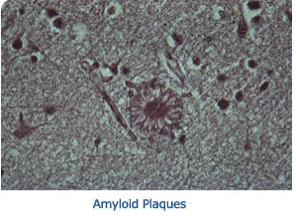Biochemical Reactivity of Drugs of Abuse
Despite a body of evidence supporting the deleterious health risks associated with tobacco use, a vast number of people continue to smoke and consequently suffer from tobacco-related ailments. In order to fully understand the role of smoking in the onset and advancement of many of its associated disease states, we have initiated a research program to study the role of long-lived nicotine metabolites in disease. Specifically, we have examined the role of nornicotine, a primary nicotine metabolite possessing sufficient reactivity to participate in the aberrant glycation of proteins. Protein glycation, the process by which glucose covalently modifies the amino acid side chains of proteins, has been linked to a variety of pathological disease states in the past twenty years. These diseases, including diabetes, cancer, atherosclerosis and Alzheimer disease, all possess distinct chemical consequences resulting from biological exposure to the products of protein glycation, termed Advanced Glycation Endproducts (AGEs).
Recently, we have shown that nornicotine, a minor tobacco alkaloid and psychoactive nicotine metabolite with an extended half-life, is a viable aqueous aldol catalyst. Our extended studies into this process have shown that the reaction employs an enamine intermediate. This unique and heretofore undetected ability of a metabolite to form enamine structures under aqueous conditions led us to consider other physiologically relevant chemical reactions that make use of similar intermediates. The Amadori rearrangement fit these requirements and we hypothesized that nornicotine should form the corresponding Amadori product upon incubation with glucose under physiologically relevant conditions.
We have discovered that a nornicotine-based glycation product can form in vitro, and developed a sensitive immunoassay that facilitates the detection of this product. A series of plasma samples acquired from human smokers and non-smokers revealed that the plasma of smokers contained a larger concentration of proteins that had become specifically modified by nornicotine. Furthermore, additional studies into this process demonstrated that nornicotine is also capable of modifying commonly prescribed steroids, such as cortisone, altering the chemical nature of steroidal drugs in a potentially adverse manner.
Our findings have shown a direct link between tobacco abuse and the development of AGEs, a class of compounds implicated in a number of disease states. Furthermore, the fact that nornicotine can modify commonly used steroids demonstrates a potentially unrecognized pathway for drug interactions. Ongoing research aims to assess the pathological role of these nornicotine-derived AGEs in specific disease states including Alzheimer's disease. Also, we have extended our studies to other nitrogenous drugs of abuse such as methamphetamine and recently demonstrated that methamphetamine-based protein glycation leads to a detectable immune response in mice.
The origin of Alzheimer's disease has been subjected to an intense amount of examination, however a clear conclusion as to the nature of this crippling disease has yet to be identified. What is readily accepted is that a definitive marker of this disease is the aggregation of the amyloid β-peptide (Aβ) into neuritic plaques. The recent observation that nicotine exposure leads to delayed onset of Alzheimer's disease has stimulated a flurry of research into the nature of this neuroprotective effect. This phenomenon has been debated, but no consensus has been reached and while these studies have targeted nicotine, the primary alkaloid in tobacco, few studies have considered the physiological role of nicotine metabolites in disease states.


